It Just Sits There For Years
cactusmcharris, interior BC Z4/5
14 years ago
Related Stories
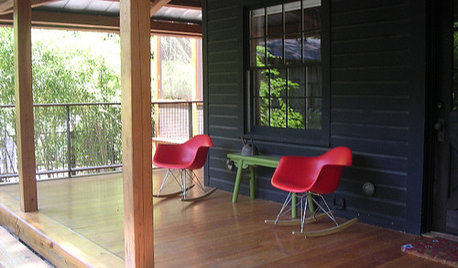
PINKHoneysuckle: Inspired by Pantone's Color of the Year
13 ways homes can wear this confident shade of pink, Pantone's color of 2011
Full Story
GARDENING GUIDES15 Ideas to Try in Your Garden This Year
These gardening stories were tops among Houzz readers. Which ideas might you try this year?
Full Story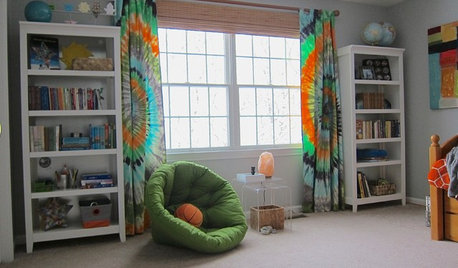
KIDS’ SPACESThis Designer’s Client Was Her 10-Year-Old Son
What do you give a boy with a too-babyish bedroom when he’s approaching double digits? See for yourself
Full Story
MY HOUZZMy Houzz: Portland Home Renovation Worth the 15-Year Wait
Open spaces, natural light and valley views take center stage in this couple’s modern refresh
Full Story
COLORHow to Use Marsala, Pantone’s 2015 Color of the Year
Pantone digs deep and goes earthy with its selection. Here are ways to make it work in your home
Full Story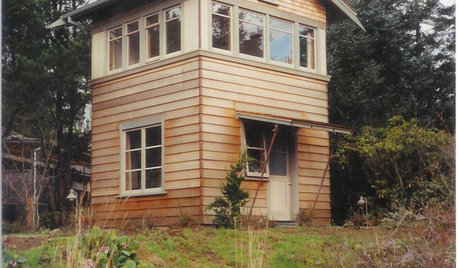
ARCHITECTUREAn Architect's Wish List for the New Year
Have a better relationship with your home and neighbors this year with these forward-thinking ideas
Full Story
DECLUTTERINGClutter vs. Keepers: A Guide to New Year's Purging
Simple questions to get in touch with your clutter comfort level — and figure out what needs to go
Full Story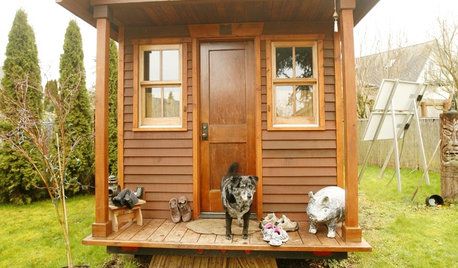
SMALL SPACESLife Lessons From 10 Years of Living in 84 Square Feet
Dee Williams was looking for a richer life. She found it by moving into a very tiny house
Full Story
LIFEHouzz Call: What's Your New Year's Resolution for the House?
Whether you've resolved to finally finish a remodeling project or not stress about your home's imperfections, we'd like to hear your plan
Full Story
KITCHEN OF THE WEEKKitchen of the Week: 27 Years in the Making for New Everything
A smarter floor plan and updated finishes help create an efficient and stylish kitchen for a couple with grown children
Full Story





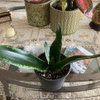

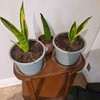
Michaela
norma_2006
Related Professionals
Owings Mills Landscape Architects & Landscape Designers · Burlington Landscape Contractors · Allentown Landscape Contractors · Cary Landscape Contractors · Damascus Landscape Contractors · Davis Landscape Contractors · Doctor Phillips Landscape Contractors · La Vista Landscape Contractors · Mason Landscape Contractors · New Brighton Landscape Contractors · Clearfield Landscape Contractors · Boston Window Contractors · Dracut Window Contractors · Newton Window Contractors · Redwood City Window ContractorsMichaela
cactusmcharris, interior BC Z4/5Original Author
stephania
cactusmcharris, interior BC Z4/5Original Author
stephania
stephania
bunnygurl
menschenjaeger
Stush2049 Pitts. PA, zone 6
bonsaigai
Tiffany, purpleinopp Z8b Opp, AL
bonsaigai
Tiffany, purpleinopp Z8b Opp, AL
bonsaigai
Tiffany, purpleinopp Z8b Opp, AL
Stush2049 Pitts. PA, zone 6